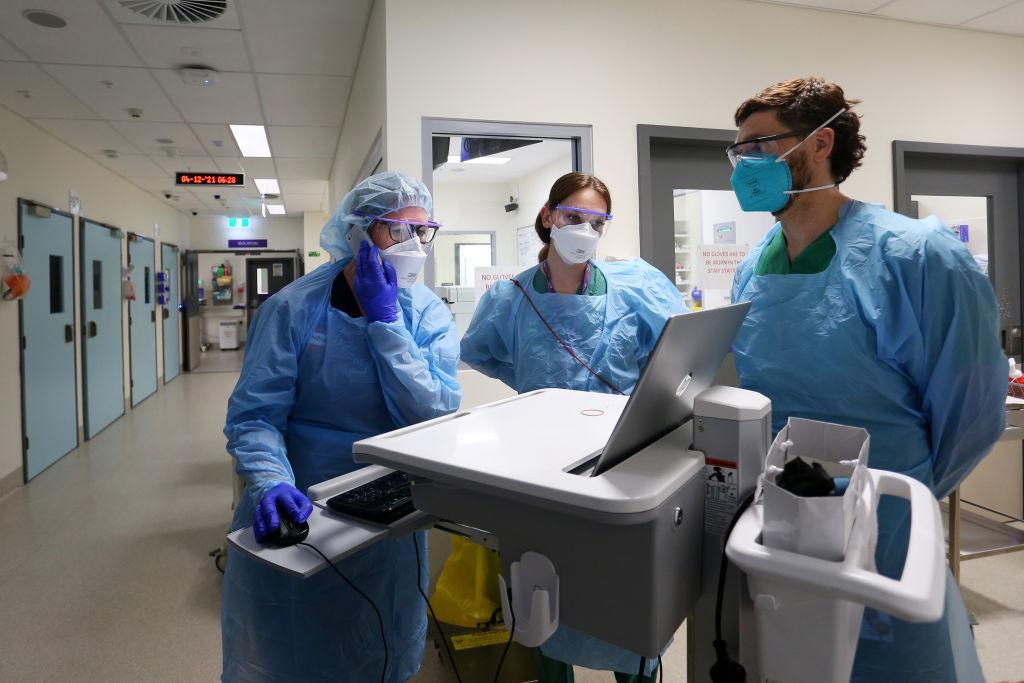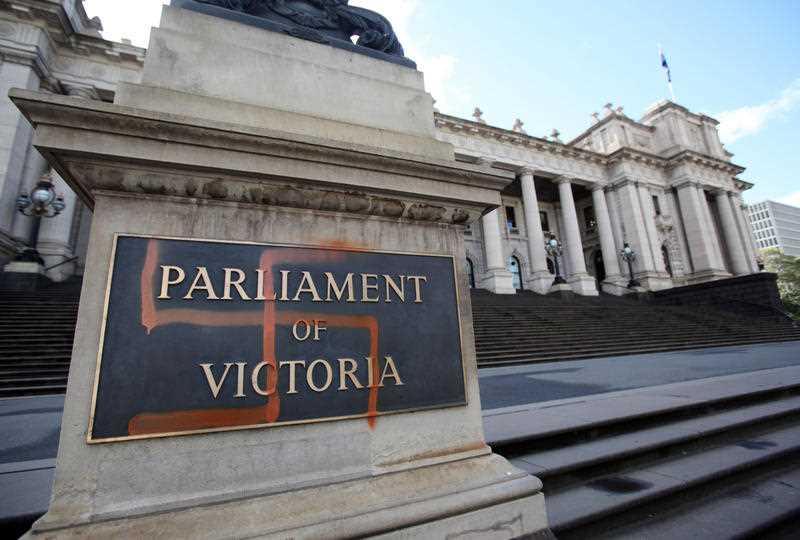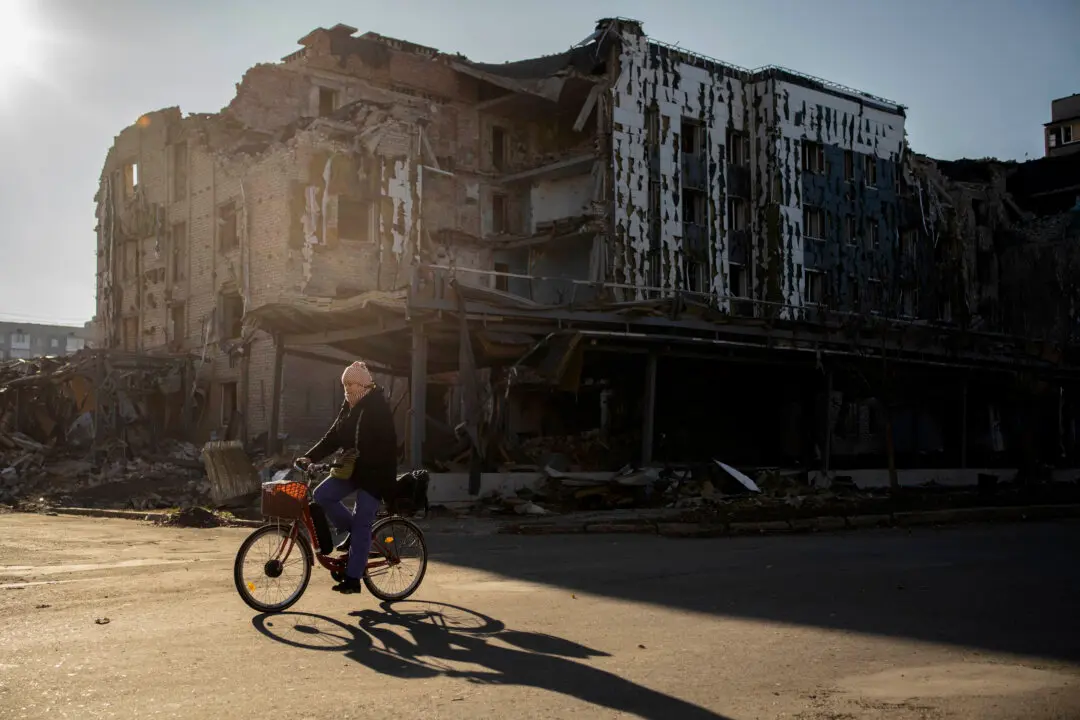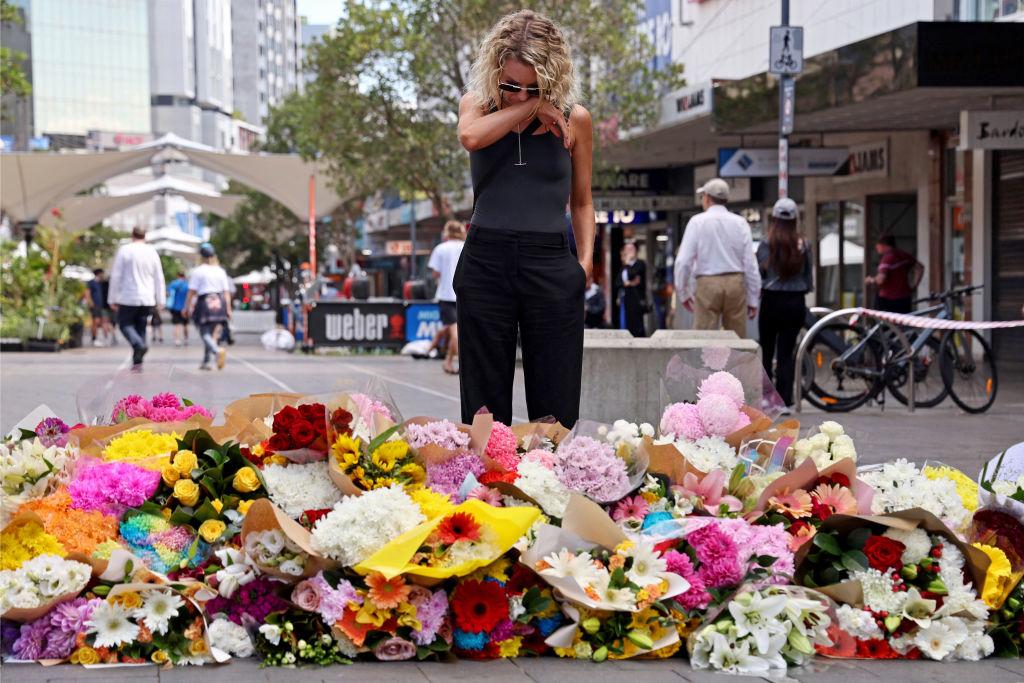Two out of three pain specialists experience severe burnout, in some cases compromising the treatment of patients.
Australian social psychologist Claire Ashton-James said chronic patient pain was increasing and so too the prevalence among their specialists of burnout—a prolonged response to chronic emotional and interpersonal stressors.





